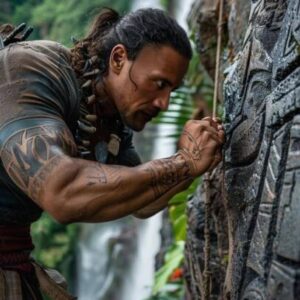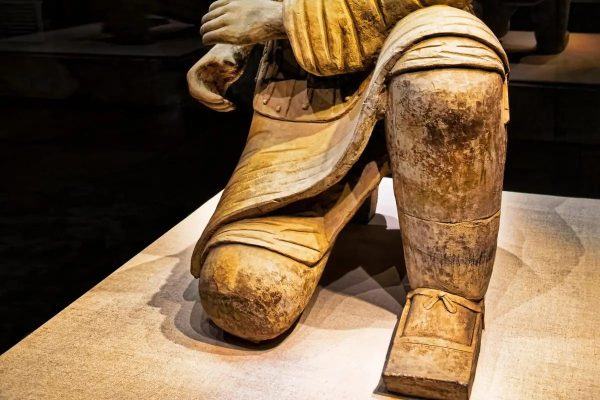
In the heart of Xi’an lies one of the world’s most iconic archaeological marvels – the Terracotta Army. This subterranean army, dating back to the 3rd century BC, has captivated the imagination of people worldwide for over two millennia. Believed to be the silent guardians of China’s first emperor, Qin Shi Huang, these life-size warriors offer unparalleled insights into ancient Chinese civilization.
Discovery and Significance:
The discovery of the Terracotta Army was a serendipitous event that unfolded in 1974 when local peasants drilling a well stumbled upon an underground vault. Little did they know that their chance discovery would unveil one of history’s most extraordinary treasures. Excavations revealed thousands of intricately crafted terracotta soldiers and horses meticulously arranged in battle formation, a testament to the emperor’s grandeur and the craftsmanship of ancient artisans.
Each terracotta warrior is a unique masterpiece, with no two faces alike, showcasing the attention to detail and artistry of ancient Chinese craftsmen.
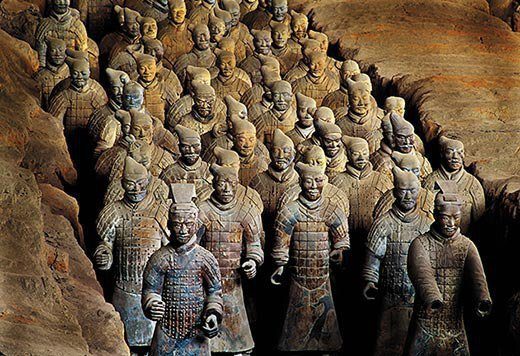
From the elaborate armor to the meticulous facial expressions, every aspect of these sculptures offers a glimpse into the military prowess and cultural sophistication of Qin-era China.
Cultural Insights and Legacy:
Beyond their artistic and historical significance, the Terracotta Army provides valuable insights into the beliefs and practices of ancient Chinese society. Scholars speculate that Qin Shi Huang commissioned this army to accompany him in the afterlife, reflecting his desire for eternal power and protection in death. This belief underscores the importance of ancestor worship and the afterlife in ancient Chinese culture, shedding light on the spiritual beliefs of the time.
Moreover, the Terracotta Army serves as a poignant reminder of China’s rich cultural heritage and its enduring legacy.
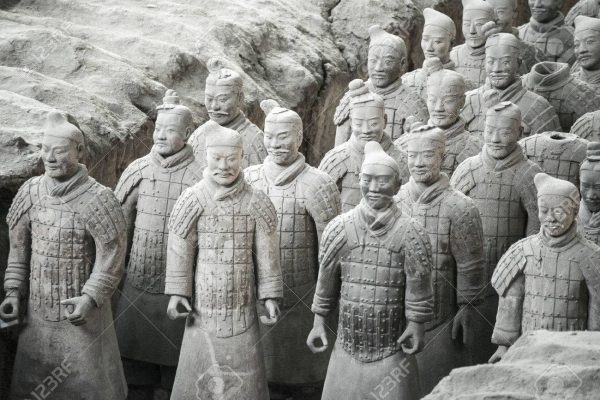
As one of the most visited archaeological sites in the world, it attracts millions of visitors annually, contributing to the preservation and promotion of Chinese history and culture on a global scale.
Footwear Detail: A Testament to Ancient Ingenuity
Among the myriad wonders of the Terracotta Army lies a subtle yet significant detail – the intricate design of the warriors’ footwear. Remarkably, even 2,200 years ago, artisans considered grip and traction in crafting the bottom of the soldiers’ shoes. This attention to detail not only speaks to the practicality of ancient footwear but also highlights the advanced level of craftsmanship prevalent during the Qin dynasty.
Conclusion:
The Terracotta Army stands as a testament to the ingenuity, artistry, and cultural richness of ancient China. From its accidental discovery to its enduring legacy as a symbol of Chinese civilization, it continues to fascinate and inspire awe.
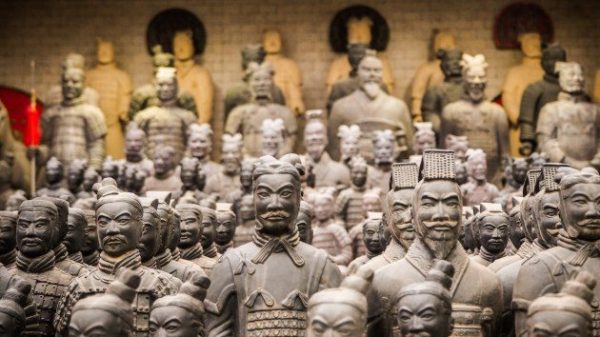
As visitors marvel at the intricate details of each terracotta warrior, they embark on a journey through time, unraveling the mysteries of China’s imperial past and gaining a deeper appreciation for its enduring legacy.





